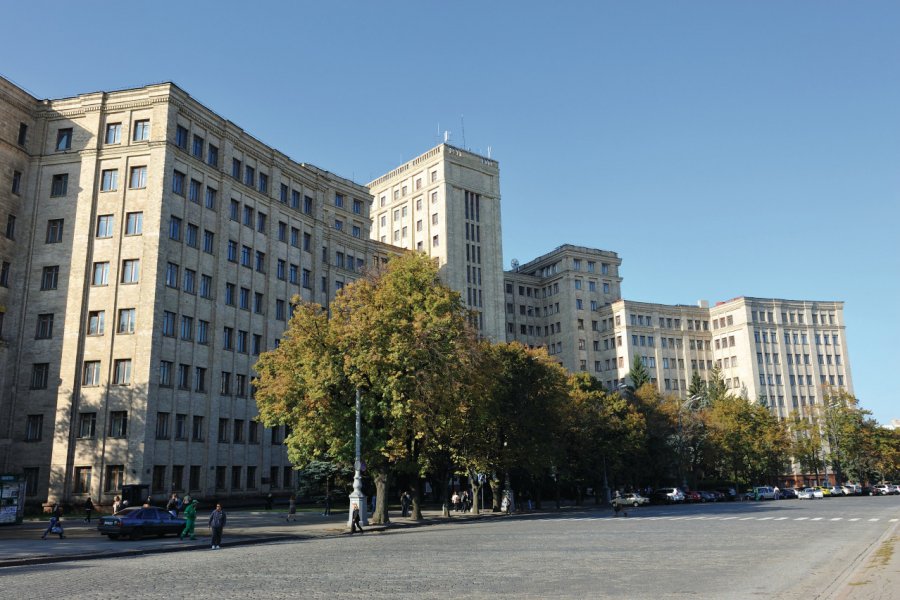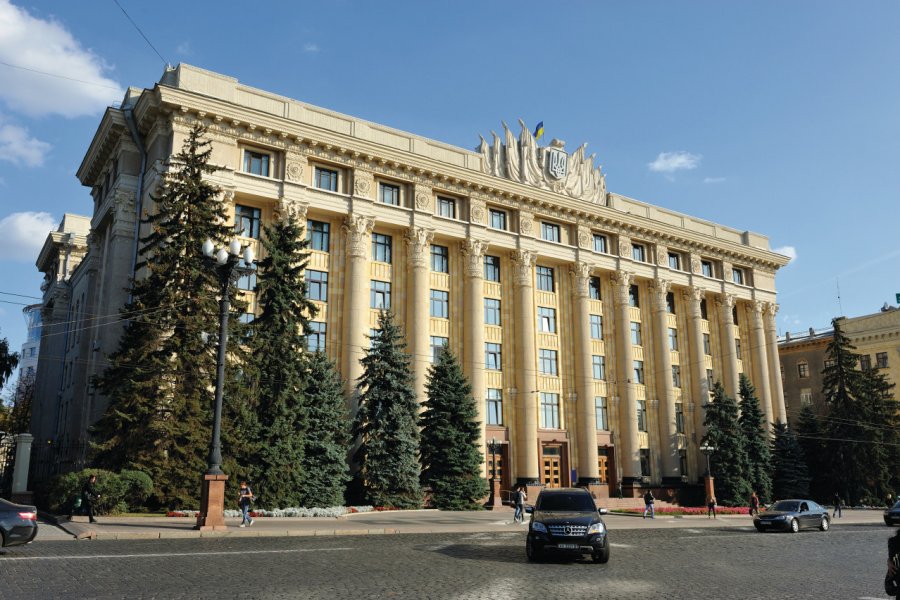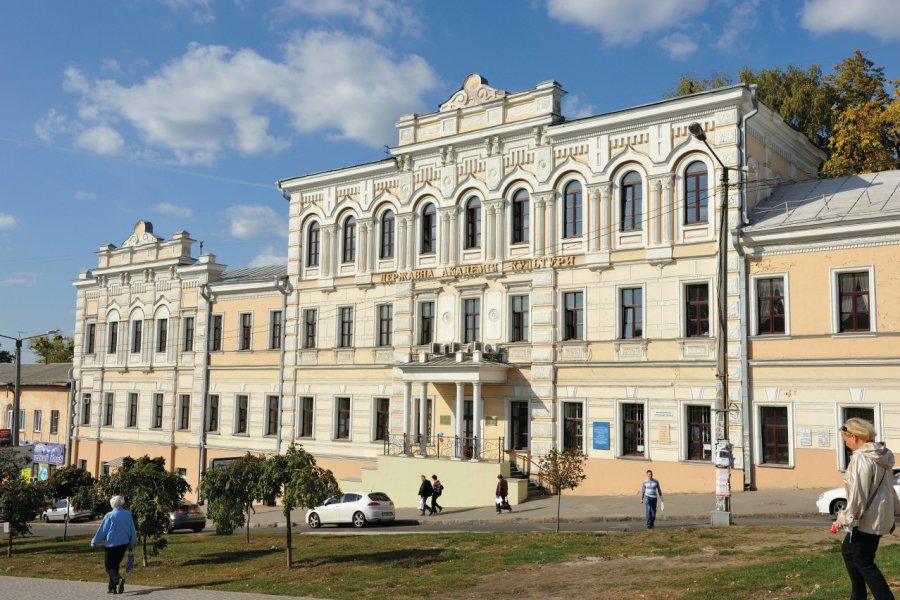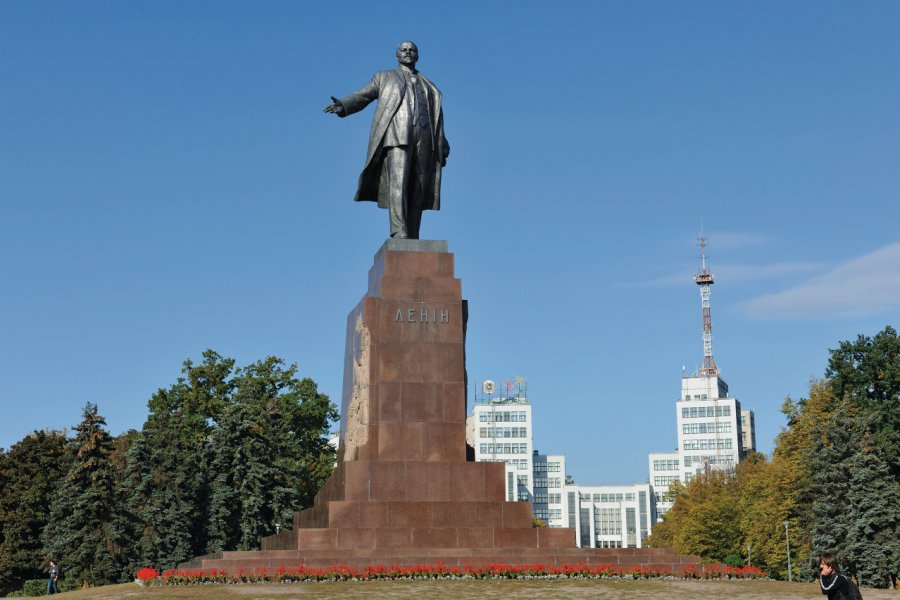Travel Guide Kharkiv (Харкiв)
Find an accommodation
Advertising
Founded in 1659 in the wild steppe, in order to serve as a military base at the Cossacks, the city was built on the model of sitchs (military colonies) by peasants fleeing serfdom. Their effectiveness in defending the border brought them a great deal of autonomy over the Great Russia until the th century. At the end of the th century, Kharkiv lost its strong status and became one of Ukraine's administrative centres. At that time, the Cossacks lost their autonomy. In the th century, it became one of the largest commercial and industrial centres in Ukraine. It was even the capital of the Soviet Union between 1919 and 1934. As it was partially destroyed during World War II, the Soviet government took advantage of the war to build kilometres of cities and industrial zones. Although the city is now known primarily as an industrial centre, it has nevertheless succeeded in becoming an important cultural and scientific centre and has more than twenty institutions, including a university of 120 000 students. Kharkiv is also known for two specialties. Here you can visit the largest square in Europe, 100 000 m ² of area, and see the Maison de l'Industrie, the first skyscraper built in the USSR between 1925 and 1929. Finally, despite the proximity of Kharkiv to Russia (about 40 kilometres from the border) national and patriotic feeling is very strong. A town with a large Russian-speaking population, it is the cultural capital of Eastern Ukraine. The music scene is particularly active, especially for rock and alternative music.
What to visit Kharkiv (Харкiв)?
Advertising
Weather at the moment
Advertising
Organize your trip with our partners Kharkiv (Харкiв)
Transportation
Book your plane tickets
Car Rental
Boat rental
Accommodation & stays
Find a hotel
Holiday rental
Find your campsite
Tailor-made trip
Immersion travel
Services / On site
Activities & visits
Find a doctor
Find unique Stay Offers with our Partners
Pictures and images Kharkiv (Харкiв)
Other destinations nearby Kharkiv (Харкiв)
100 km away















